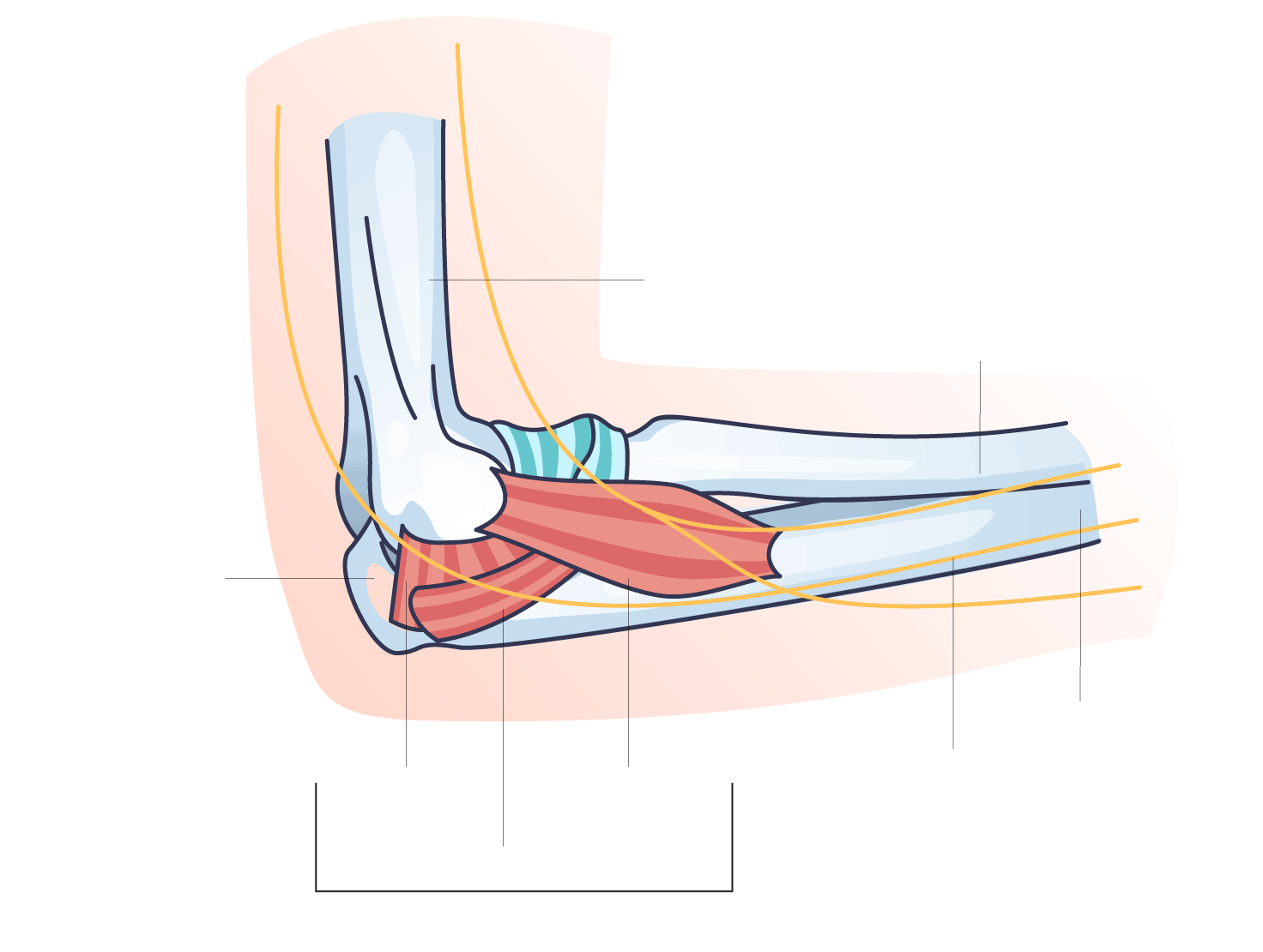Youth baseball, the bedrock of the sport, is facing a growing and deeply troubling public health crisis centered on the alarming rise of Ulnar Collateral Ligament (UCL) injuries among adolescent pitchers. Historically associated with professional players, the need for Tommy John surgery is now increasingly common among athletes aged 14 to 18, putting their long-term health and athletic future at risk. Experts attribute this epidemic to a confluence of factors, including the relentless demands of year-round competitive play, the pressure to increase throwing velocity, and a general disregard for fundamental pitch count guidelines. As young athletes chase elite performance and college scholarships, the data unequivocally shows that the pressure is physically dismantling the arms of baseball’s next generation, forcing parents, coaches, and sports organizations to confront the sustainability of current training models.
THE RISE OF A TEENAGE EPIDEMIC
The Ulnar Collateral Ligament (UCL), located in the elbow, is essential for stabilizing the throwing motion. Its rupture, once a rare occurrence in youth, has now become frighteningly common, redefining the risks of competitive youth baseball.

A Striking Data Trend: Orthopedic surgeons and medical researchers are reporting a significant and sustained increase in the rate of UCL tears among teenage pitchers. The average age for Tommy John surgery—the procedure required to repair the torn ligament—has steadily fallen, indicating that the damage is occurring earlier in athletes’ careers. This data suggests that the injury is no longer a professional occupational hazard but a widespread youth issue, raising serious questions about the long-term health of participants in the sport.
The Tommy John Legacy: Named after the first pitcher to successfully undergo the procedure in 1974, Tommy John surgery involves replacing the torn UCL with a tendon harvested from another part of the patient’s body. The surgery requires a notoriously long and grueling rehabilitation period, often spanning 12 to 18 months, which means a season or more of lost development time during the most critical years of a young athlete’s career.
THE CULPRITS: VELOCITY, SPECIALIZATION, AND THE CLOCK
The medical community points to several key, interconnected factors in the modern youth baseball environment that are contributing to the dramatic increase in elbow injuries.
The Velocity Imperative: In youth baseball, success and scholarship prospects are often disproportionately tied to throwing velocity. There is immense pressure from coaches, parents, and scouts for young pitchers to throw harder, faster, and earlier. This chase for maximum speed puts exponential stress on the fragile UCL, which is not fully developed in adolescents, leading to micro-trauma that eventually results in a full tear.

Year-Round Specialization: Modern competitive youth sports often demand that athletes specialize in one sport, such as baseball, from a very young age. This specialization eliminates the necessary periods of rest and cross-training that traditional models once offered. Pitchers are now throwing year-round—moving seamlessly from school ball to travel leagues—which prevents the crucial regenerative rest required for the elbow ligament to fully recover and strengthen.
THE FAILED GUARDRAILS: PITCH COUNTS AND POOR MECHANICS
While pitch count guidelines exist, experts lament that they are often ignored or poorly enforced, rendering them ineffective at protecting the athletes.
Ignoring the Limits: Organizations like USA Baseball and Little League have established scientifically-based pitch count and rest day guidelines tailored to different age groups. However, the competitive pressures of high-stakes tournaments and travel ball often lead coaches and parents to push these limits. Pitchers frequently appear on the mound for multiple teams, often within the same week, meaning their total workload is rarely tracked and rarely adheres to safe limits.

The Fatigue Factor: When pitchers continue to throw while fatigued, their mechanics invariably break down. Poor mechanics—such as “valgus extension overload”—place excessive torque on the elbow joint, directly stressing the UCL. Coaches often prioritize winning over correcting these dangerous mechanical flaws, allowing young athletes to continue throwing with improper form until a major injury occurs.
THE WAY FORWARD: EDUCATION AND CULTURE SHIFT
Reversing this injury crisis requires a fundamental shift in the culture and priorities of youth baseball, focusing on long-term athlete development over short-term competitive gain.

Prioritizing Rest: The most immediate and critical solution is the strict enforcement of mandated rest periods. This includes enforcing seasonal breaks where young pitchers are not allowed to throw competitively, allowing the arm to fully heal. Medical professionals advocate for a return to multi-sport participation during the off-season to build balanced muscle groups and avoid specialization burnout.
Coaching Education: A major focus must be placed on educating coaches and parents about proper, safe throwing mechanics and the scientific data behind pitch count limits. Coaching certifications should place a much stronger emphasis on pitcher arm care and recognizing the subtle signs of fatigue or impending injury. Ultimately, the long-term health of the athlete must be prioritized above winning any single tournament or game.










